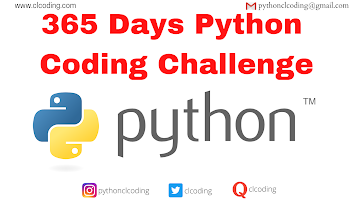Code Explanation:
1. Importing the JSON Module
import json
This imports Python's built-in json module, which is used to work with JSON data (JavaScript Object Notation).
You can convert Python dictionaries to JSON format and vice versa using this module.
2. Creating a Dictionary
data = {'a': 1, 'b': 2}
A simple Python dictionary named data is created with two key-value pairs:
'a': 1
'b': 2
3. Writing the Dictionary to a JSON File
with open('data.json', 'w') as file:
json.dump(data, file)
open('data.json', 'w'):
Opens (or creates) a file named data.json in write mode ('w').
If the file exists, it will overwrite the contents.
json.dump(data, file):
Converts the Python dictionary (data) into a JSON formatted string and writes it to the file.
Content of data.json after this step:
{ "a": 1,
"b": 2
}
4. Reading the JSON File
with open('data.json', 'r') as file:
print(json.load(file).get('b', 0))
open('data.json', 'r'):
Opens the file in read mode ('r').
json.load(file):
Reads the JSON data from the file and converts it back into a Python dictionary.
.get('b', 0):
The .get() method fetches the value associated with the key 'b'.
If 'b' is not found, it would return the default value 0, but in this case 'b' exists.
Output Explanation
The key 'b' exists in the dictionary with the value 2.
Therefore, the print() statement will output:
2
Final Output:
2






























.png)



















0 Comments:
Post a Comment